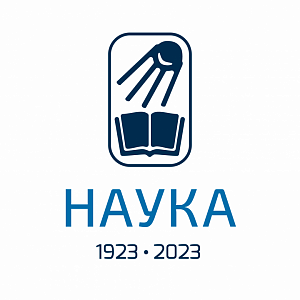Article
Thermophysical Properties of Materials
2010. V. 48. № 2. P. 192–197
Knjazkov A.M., Savvatimskiy A.I.
The electrical resistivity of liquid carbon under rapid heating of dense isotropic graphite in different media
Annotation
Experiments are considered which involve pulsed heating of graphite (in several microseconds) and registering of electrical resistance of liquid carbon. Samples of MF-307 dense ($2$ g/cm$^3$) isotropic graphite with a cross section of $\sim 0.3 \times 0.3$ mm and $10$–$15$ mm long are heated in water or in thick-walled (outside diameter $D \sim 10$ mm, inside diameter $d\sim 0.5$ mm) sapphire capillary tubes. It is confirmed that the heating in water at atmospheric pressure does not enable one to obtain and investigate liquid carbon: at best, only the beginning of the liquid state region is attained. The heating in sapphire tubes causes the emergence of pulsed pressure (up to ten kilobars) after expanding graphite comes against the tube wall. This growing pressure (within several microseconds) enables one to investigate the liquid state of carbon in a confined volume. The isochoric heating provided the possibility of measuring the electrical resistivity of liquid carbon at high specific energies (up to $\sim32$ kJ/g) and high pressures; such measurements are quite expensive in the case of stationary investigations.
Article reference:
Knjazkov A.M., Savvatimskiy A.I. The electrical resistivity of liquid carbon under rapid heating of dense isotropic graphite in different media, High Temp., 2010. V. 48. № 2. P. 192
Knjazkov A.M., Savvatimskiy A.I. The electrical resistivity of liquid carbon under rapid heating of dense isotropic graphite in different media, High Temp., 2010. V. 48. № 2. P. 192







